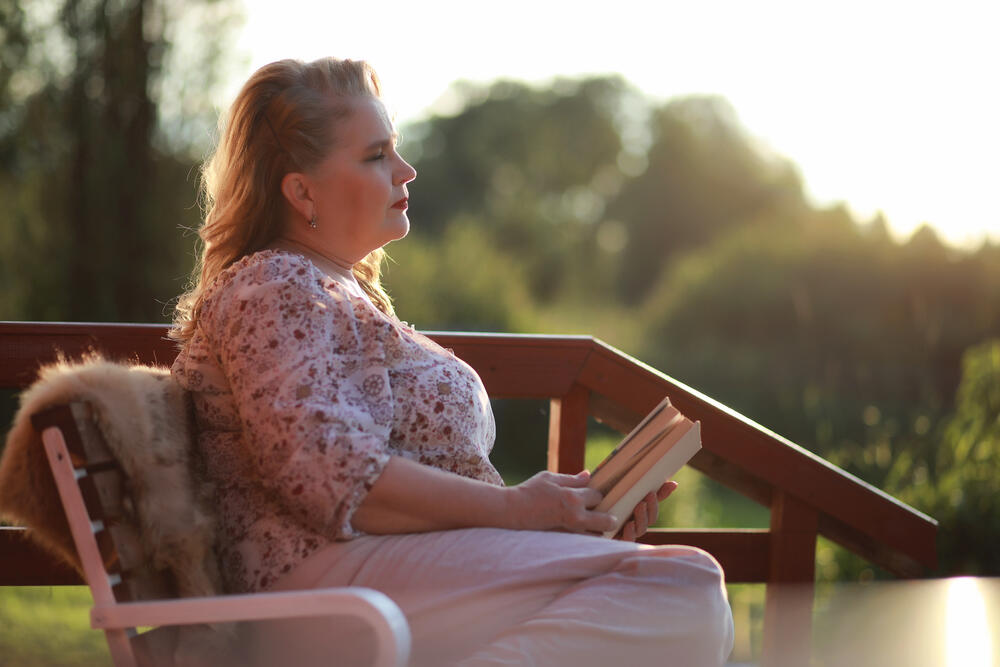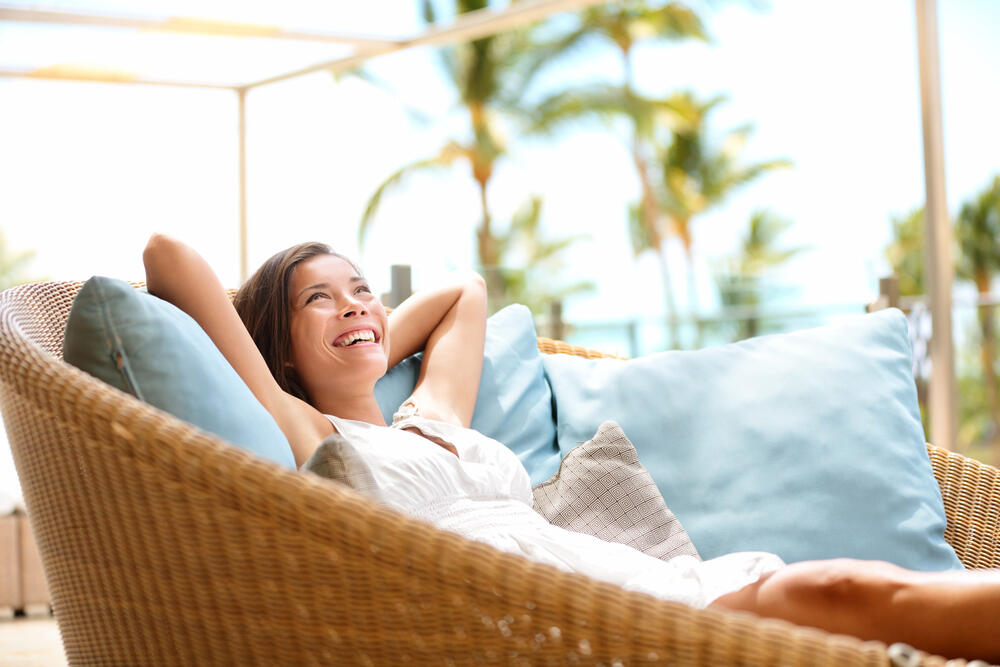Life can feel overwhelming at times, with endless responsibilities, screens demanding attention, and stress piling up.
But what if the solution to a calmer, healthier mind was right outside your door?
Spending time outdoors isn’t just about fresh air; it’s about reconnecting with nature, slowing down, and finding peace in simple moments.
An outdoor space designed for wellness can be a personal retreat.
It’s a place where you breathe easier, think clearer, and feel more at peace.
Studies show that nature has a calming effect on the brain, reducing stress, improving focus, and even boosting happiness.
Whether it’s a backyard, a balcony, or a small garden corner, creating a space that nurtures wellness doesn’t require a big budget or a lot of land.
In this article, we’ll explore what a wellness outdoor space is, its key elements, and practical tips to design one that helps your mind and body thrive.
Whether starting from scratch or improving an existing space, these ideas will help you design an outdoor sanctuary that supports your well-being.
What Is a Wellness Outdoor Space?
A wellness outdoor space is an area designed to promote relaxation, mental clarity, and emotional balance.
It’s a place where nature and comfort come together, encouraging you to slow down, breathe deeply, and enjoy the present moment.
It could be a garden, patio, or even a simple chair under a tree; any space that helps you unwind and recharge.

Common Elements of a Wellness Outdoor Space
A wellness outdoor space prioritises natural elements over expensive décor.
Comfortable seating encourages relaxation.
Water features provide soothing sounds, while lush greenery improves air quality and calms the mind.
Balanced shade and sunlight, along with soft lighting, enhance comfort.
Finally, paths add structure and encourage movement, creating a truly supportive environment.
Tips for Designing a Wellness Outdoor Space
Provide Spaces for Reflection
A wellness space should encourage quiet moments.
A tucked-away bench, a hammock under a tree, or a simple meditation nook can offer a retreat for thinking, journaling, or just breathing.
A composite deck in calming shades of grey or earth tones can serve as the perfect foundation for these reflective spaces, offering a durable, slip-resistant surface that remains comfortable underfoot in any season.
The goal is to have a peaceful spot where you can be alone with your thoughts.
Establish a Sense of Connection
Your outdoor space should feel inviting and connected to nature and people.
Seating should be arranged to promote conversation; add a small table for tea or coffee or set up a bird feeder to attract birds.
When a space feels warm and welcoming, you’ll want to spend more time there.
Appeal to All the Senses
Wellness isn’t just about what you see; it’s about how a space makes you feel.
Add soft textures like cushions or rugs for comfort.
Incorporate fragrant plants like lavender or jasmine for a calming scent. Use wind chimes or water features to introduce gentle sounds.

Choose Uplifting Colours
Colour impacts mood. Colours like oranges and yellow add warmth and energy, while greens and blues create a sense of calm. Even if your space is small, adding colourful flowers, painted pots, or bright cushions can make a big difference.
Attract Beneficial Wildlife
Encouraging birds, butterflies, and bees into your space adds beauty and life.
Native plants, birdbaths, and bee-friendly flowers help support local wildlife.
Watching birds flutter or butterflies land on flowers can be a simple but powerful way to feel more connected to nature.
Create a Sense of Order and Harmony
A cluttered space can feel chaotic. Keep things simple and organised. Define pathways, use planters for structure, and maintain the balance between open spaces and greenery. A well-arranged space feels peaceful, making it easier to relax and enjoy your surroundings.
Embrace the Health Benefits of Gardening
The physical effort of creating and maintaining a garden in your outdoor space has its health benefits.
Planting, watering, and tending to plants can reduce stress, improve mood, and give a sense of accomplishment.
Even with little space, growing herbs in pots or container gardening may add happiness and a sense of purpose to your outdoor environment.
Conclusion
Spending time outside isn’t just good for the body; the mind needs to heal, restore, and inspire.
Designing an outdoor space for wellness isn’t about perfection; it’s about creating a place where you feel at ease.
Whether it’s a lush garden, a simple patio, or a quiet corner, your outdoor space should invite relaxation, reflection, and a deeper connection to nature.
By adding elements that engage the senses, encourage reflection, and promote balance, you can turn any outdoor area into a personal retreat.
Photo Credit: Depositphotos
Discover more from Zena's Suitcase
Subscribe to get the latest posts sent to your email.







